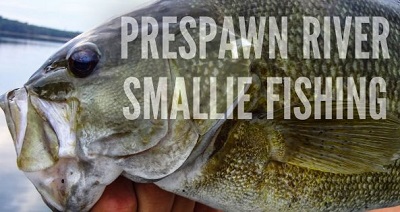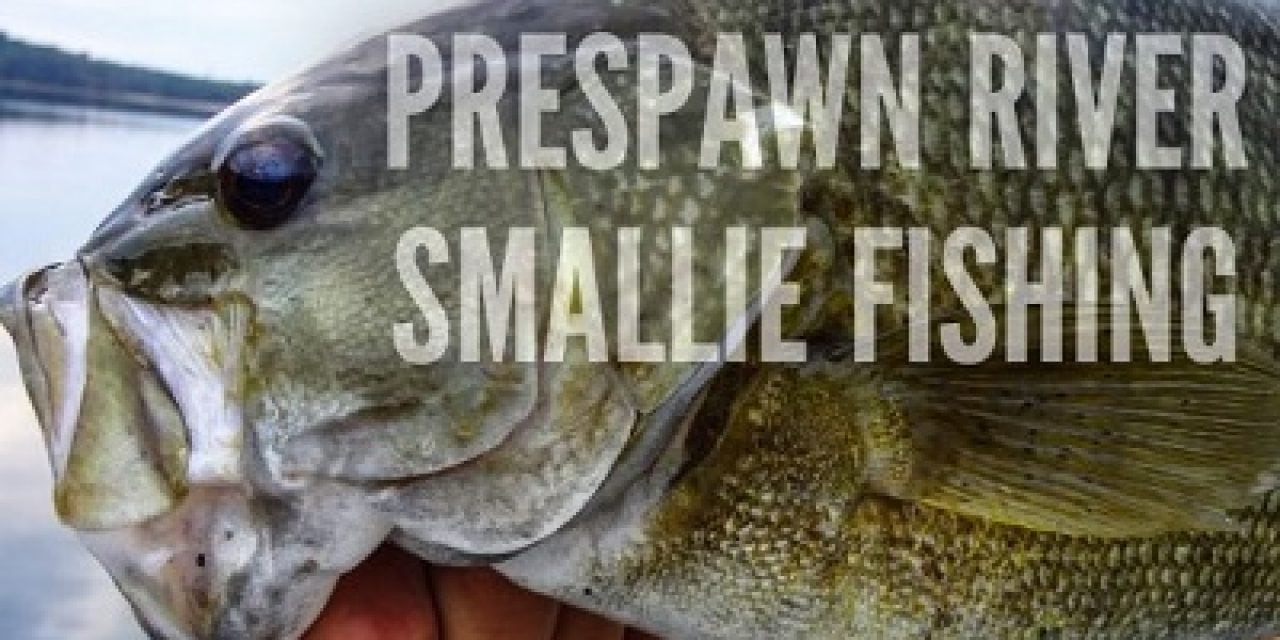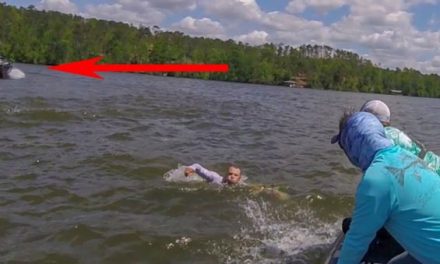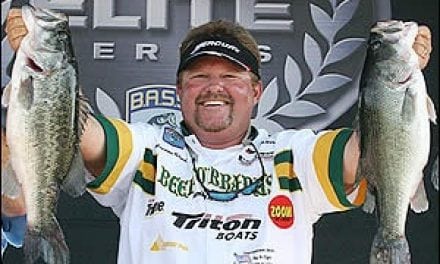
A trophy-sized fish is what drives us to spend so much time, energy and money on our passion – fishing. So, when a group of anglers starts the conversation about catching big fish, it doesn’t take long until the phrase “pre-spawn” rears its ugly head.
The pre-spawn time in fishing can be a mystery. In fact, it’s hard to predict the exact time, and circling dates on your calendar as fishing days is well, tricky. Throw in predicting the weather and water temperatures during the spring, and you might just have a full-blown planning nightmare on your hands.
So why do we put ourselves through this? Just like hunting the rut to deer hunters searching for the elusive big buck, fishing the pre-spawn is considered “the time” to fool big fish into biting. Why? Let’s take a look.
To simplify a complicated subject, I decided to pick a species. I’ll start with river fishing and smallmouth bass – my home-water species – and try to unlock the mysteries of catching trophy bass during the pre-spawn.
WHAT HAPPENS DURING THE SPAWN?
In short, spawning for smallmouth bass just involves the male finding and preparing the nest, the female laying her eggs while the male fertilizes them, and then the male guarding the nest, and young, for a period of time. They don’t spawn on any one specific day or week though. It tends to be spread out over a period of time, like a bell curve, with a few spawning at the beginning, and ending, of the spawning period.
WHAT CAUSES THE SPAWN TO OCCUR?
Lengthening days is what triggers the spawn of all fish, just as it causes turkeys to gobble and the rest of nature to come alive, but the water temperatures also play into it. I’ve always felt that smallmouth actively spawned mostly between 58 and 62 degrees on the rivers of my home in West Virginia.
But rivers aren’t lakes, and different sections may have different water temperatures caused by depth, creek or spring influence and where the river flows from – i.e. bottom or top release dams or free flowing from high in the mountains. Each river and section of river is different and the nearly month-long spawn may occur at different times depending on the body of water.
HOW DO WE KNOW THE SPAWN HAS STARTED?
Look for male bass to be making the nest and guarding it. Also, smallmouth need a clean grave to spawn, so they often times have to fan out areas to keep them clean. Catching a bass with a tail that has sores or areas rubbed raw is a tell-tale sign.
Why is fishing the pre-spawn so productive or is the pre-spawn just another fishing tale?
The myth may come from the fish “feeding up” for the upcoming spawn, which is a big stress on their bodies. Females use a lot of energy producing eggs, and the males use up lots of energy guarding the nests.
We have all heard folks say they catch females off the nest, but only the males guard the nest. Perhaps they caught a female hanging nearby that was going to lay her eggs with the guarding male, but only the males guard. Having said that, it is when the males are in guard mode that they are most susceptible to the hook.
Also, the fish may be more available because they have moved into certain areas where they stage up before spawning. Even though smallmouth aren’t really schooling fish like walleye, you can still pattern them because they will tend to be in the same-type areas.
PATTERNING IS THE KEY
Back when I was a fishing guide for smallmouth bass in my home state, there were a few old crusty river guides that understood the stages of the spawn and how best to catch fish much better than I. They were good – really good. I was convinced, like most young guides, that the old guards had a magic bait or a secret go-to technique. It wasn’t until later that one of the old river rats told me his secret.
“Think like a bass. You know the water is going to rise in the spring, so you have to build your nest for your young someplace hidden and safe,” he said in a whisper so that the others in the local hangout couldn’t hear. “Look behind the downstream-side of an island or a point of river bank, the inside bend in the river where the water will eddy during high flows, behind large boulders and big rocks in the water – anyplace safe and sound. But here is the key; the river’s bottom must be right. Smallmouth like clean rocky, gravel bottoms. They don’t like mud.”
“Find and mentally mark these areas in the late summer and early fall when the water is low and clear. Remember them well. Come next spring, you will know the best kept secret in fishing – fish where the fish are!” So, you want to catch more big fish during the pre-spawn? Perhaps the best answer is to fish where the fish are.
TOP 5 LURES FOR PRE-SPAWN RIVER SMALLIES
There are many natural enemies of the smallmouth nest – lots of egg-eating fish out there that will decimate a nest if the male bass is gone including sunfish, minnows, etc. As for the fry and young of the year fish, once the male leaves them, they are just another small fish trying to survive long enough to grow up. So, fishing baits that mimic these natural enemies, as well as having the baits rigged correctly
so that they bounce along the bottom, is key.
Larry Nibert of the West Virginia Experience suggested these Top 5 Lures for river smallmouth fishing during the pre-spawn:
- 3 ½ – 4-inch tube baits. Any earth-toned color. Rigged on either weedless/slip sinker or with inserted lead head.
- Z-Man Big TRD stick baits. Rigged wacky or Carolina (wacky-rigged is preferred).
- G-Tail grubs. Any earth-toned color. Rigged with 1/8 to 1/4-ounce grub lead head.
- Swimbaits – Paddle tail. Any earth-toned color or two-toned. Rigged with swimbait lead head of ¼-ounce or larger.
- Suspending jerk baits.
The post Get Ahead of the Pre-Spawn River Bass appeared first on ODU Magazine-North America's #1 Digital Fishing Magazine.
















